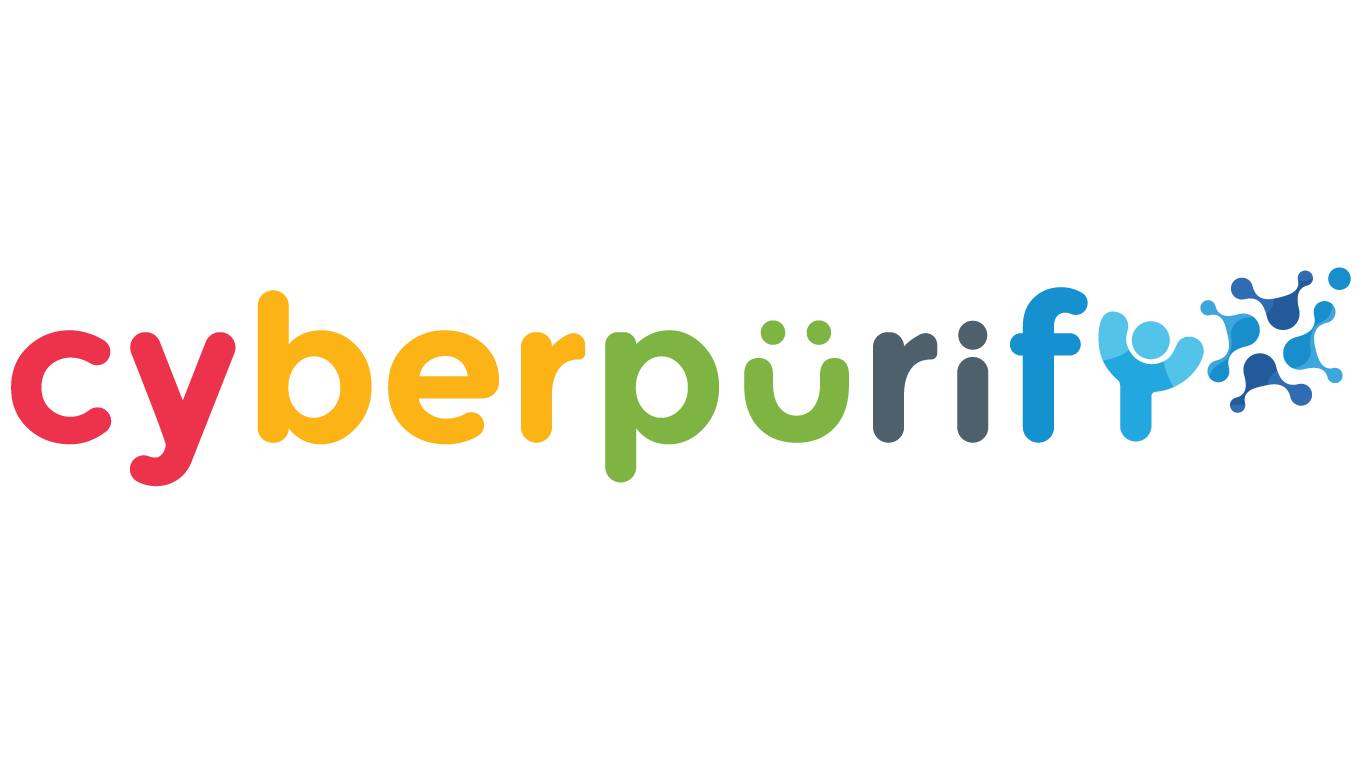In Part 1, we have dived into how TikTok does not label content, how it allows your children to see any kind of content on it (even without an account), how its content can make your children experience negative eating habits, etc. Today, we’re going to deeply understand 4 other things parents must know about TikTok!
Both of us can obviously see how widespread that toxic, harmful content is on the Internet. That’s why many parents have used CyberPurify Kids to detect and blur 15 types of harmful content in real-time.
As soon as your children begin to use the Internet, it’s never been too late to protect them from those toxic, harmful content!!
10 things parents MUST know about TikTok (Part 2)
According to the latest data updated in September 2021, out of more than 1.1 billion users, 32.5% are users between 10-19 years old, so it is estimated that about 30% of users are under 18 years old.
This does not include children under 10 watching TikTok with their parents falsifying their children’s age so that they can use TikTok.


Mean, hurtful, offensive words
It is unimaginable to see how users leave hateful, malicious, hurtful comments to others on TikTok. Many call TikTok a toxic online place as people there tend to speak without thinking about what others might feel.
And most of these malicious words and phrases are prevalent on TikTok and Instagram. Suffering from cyberbullying on TikTok mean your children can receive:
- Harassment from strangers
- Mean, hurtful comments that make fun of your children’s faces, bodies, styles, tone of voice, etc.
- Fairy comments are those insulting comments disguised with hearts and lovely emojis.


As a parent, you need to be careful as cyberbullying takes a serious toll on your children’s mental health. Depression, anxiety, anger, isolation, unhealthy eating habit and worse, taking their own life. There have been many unfortunate cases that have happened!
A recent study found that teenagers who spend a lot of time using smartphones and social media are more likely to have symptoms of depression and suicidal behavior. TikTok has also been linked to anxiety, loneliness, and “fear of missing out” (FOMO).
Despite measures taken to prevent cyberbullying, there are still many instances of cyberbullying happening on TikTok. TikTok even declined to reveal the exact number of harassment reports they received per month.
Maybe you missed this awesome articles:
But we can’t just depend on TikTok’s measures and governmental policies, as social media platform is regulated by users themselves, it is crucial to teach your children social etiquette when using social media, teaching them how to treat others like the way they want to be treated and how to behave when coming across hurtful, offensive languages.
You children can take advantage of existing features of social media platforms or CyberPurify Kids to blur those offensive words.
Risk of being a victim of online sexual attackers
Regular use of TikTok, as a viewer or content creator, will increase your child’s risks to scams and being stalked by bad guys (especially sexual attackers). This is even higher for kids who post everything on social media, especially those sexy/explicit materials.


Those sexual attackers can pretend to be a friend, using different tactics to gain your kids’ trust, then base on their purpose, they can make your children:
- Sexting – sending, sharing their explicit materials
- Involve in sexual conversations
- Exchange explicit photos and use them to sell or trade.
They can also send links containing pornography or virus software that entered the device.
Extremely addictive, yes, extremely
In a 2016 study by Rosalind Franklin University of Medicine and Science, currently, the average human attention span is 8 seconds, shorter than it was before.
The explosion of content exhausts our attention span, constantly pushing us to search for new content and information. That’s why people have to switch between topics, videos more often. Currently, the average human attention span is 8 seconds, shorter than it was before.


And, why is it related to TikTok? Platforms like Instagram or TikTok have created a format that fits this timeframe exactly, enabling your child to scroll through millions of 10-15 second videos with ease.
TikTok’s algorithm is continuously improved to understand deeply each user’s behaviors such as what videos they like and dislike.
When your child watches a certain video longer than others, re-watches the video more than once, likes or shares a video, the algorithm assumes that your child likes this genre and tracks the content information.
Then, the algorithm evaluates every video uploaded and estimates the likelihood that your child will like it using the collected information.
That’s why when your child interacts with a particular type of video such as a dance cover video with certain background music, there will be a high likelihood that your child will see similar videos, and they just keep swiping, watching, swiping, watching.
Risk of hackers targeting your kid’s account
Over the past few years, security researchers have found many security holes in the application. As mentioned, because TikTok has access to a lot of personal information, in a way we don’t want, TikTok has become a favorite route for many hackers.


One common way hackers take advantage of TikTok is by sending your child a text message that gives your child access to the user’s account.
Another factor is that TikTok uses an insecure HTTP connection to deliver the video instead of the more secure option of HTTPS. This allows cybercriminals to manipulate users’ feeds and deliver inappropriate, misleading, or disturbing content to a younger audience of TikTok users – your kids.
How do I keep my child safe on TikTok?
You can’t let your child freely watch and post on TikTok, but you also can’t ban your child from watching/using TikTok. The line between protecting a child and restraining a child is extremely blurring.
However, after reading the article, depending on your child’s problem, if you have fully weighed the strengths and weaknesses and find that TikTok presents more risks than benefits to your child, we recommend that you should not allow your child to use TikTok.
Accept that any social network has its good and bad sides. What needs to be done is to approach the good side and limit the bad ones. Here are some online safety tips for TikTok:
- Familiarize yourself and experience with social media: Don’t be passive, actively update and learn the platforms that are popular with young people.
- Continuously talk to your child about what is and isn’t right for him on social media and the Internet.
- Remind them to let you know when they see something that concerns them online.
- Teaching children soft skills when using the Internet: Raising children to behave, understand and protect themselves is important not only in the real world but also in the virtual world, where both you and your children interact every day.


- Use a content filter: It’s a good thing to take the initiative to educate your children. However, you should use more free online content filtering tools to hide 15 types of harmful content on the Internet (don’t forget that harmful content is not only porn but also murder, terror fathers, ghosts, etc. things that terrify your child).
- Teach your child about digital footprint: what your child sends or posts will live forever on the Internet and your child is at a very high risk of online sexual assault and falling prey to sexual predators, online sexual assault, blackmail.
- Watch for unusual signs: staying up too late, staying away from family members, suddenly refusing to use social media, low self-esteem, staying quiet, etc. This could be a sign that your child has been sexually assaulted online or has become a victim of online bullying.
Find this helpful? You also love these:















